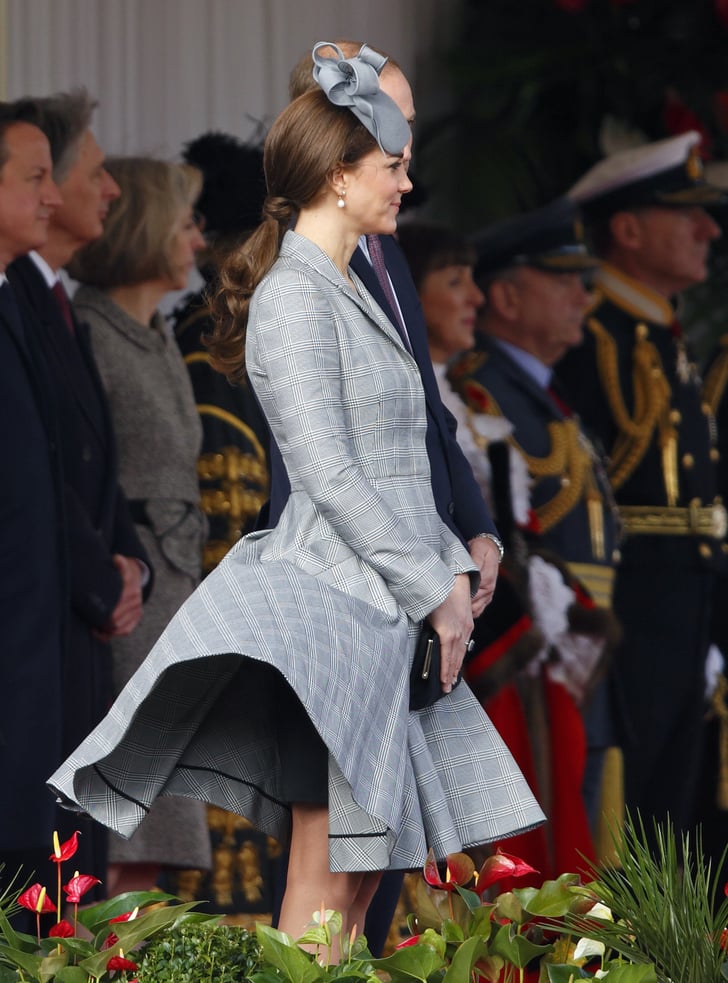What does Earth look like? For millennia, humans could only speculate on their planet’s appearance. But 50 years ago today, that changed when a NASA spacecraft captured the first-ever photograph of Earth from the moon.
If you think the photo was the ubiquitous “blue marble”-style photograph, think again—that photo wasn’t taken until Apollo 17 traveled toward the moon in 1972. Though the photo eventually became one of the most-used images in history, it wasn’t the first to show Earth from deep space. That honor went to the black-and-white image you see above.

The photo was taken by NASA’s Lunar Orbiter 1 in 1966—and, as Ben P. Stein writes for Inside Science News Service, it almost didn’t happen. At the time, the agency was preparing for an eventual lunar landing and needed reconnaissance photos to find the best possible spot on the surface of the moon. In response, NASA sent a series of high-tech spacecraft into orbit to take snapshots of the moon’s surface and inform the eventual Apollo 11 mission.
Between 1966 and 1967, NASA sent a total of five lunar orbiters to photograph the moon. The orbiters had their own film processing units inside—using two lenses, they’d take pictures, develop and process them, scan them and transmit the data back to Earth. Eventually, images from the photographic surveys helped NASA hone in on candidate sites, document other lunar sites of scientific interest, like the far side of the moon, and produce a map of the entire moon. The map the craft helped produce was only recently updated with the help of the Lunar Reconnoissance Orbiter.
As Stein reports, the Lunar Orbiter 1 mission went as planned, but near its end scientists on the ground decided they wanted to train its sights on Earth instead of the moon. They coordinated a high-risk maneuver that repositioned the satellite, then took a successful photo of earthrise from the moon on August 23, 1966.
Back up your photos to the cloud. That’s only $6.95 for the first year — even cheaper than what Apple charges for a similar amount of storage on iCloud. Related: Tap or click here to see. Some of the images are now iconic, like the 'Blue Marble' picture taken by the crew of the Apollo 17 - the first fully illuminated photo of Earth taken by a human in space. Others, however, were.
Earth had been photographed before—in 1946, a satellite captured a grainy look at Earth’s surface, outdoing prior pictures of the Earth taken from a 14-mile-high balloon. The Lunar Orbiter 1 photo was different: It showed the planet as a round planet in deep space. It’s been done again—as when NASA took a better high-res Earthrise image in 2015 that updated the “big blue marble” view.
First Photos In Newspapers


First Photo Uploaded To Instagram
Still, there’s something special about seeing something for the first time. Even though the photo seems grainy and low-res to modern eyes, it helped capture the possibility of the planet we share. Earthlings didn’t just look forward to an ambitious space age—they trained the camera on themselves. And what they saw helped fuel what followed.
